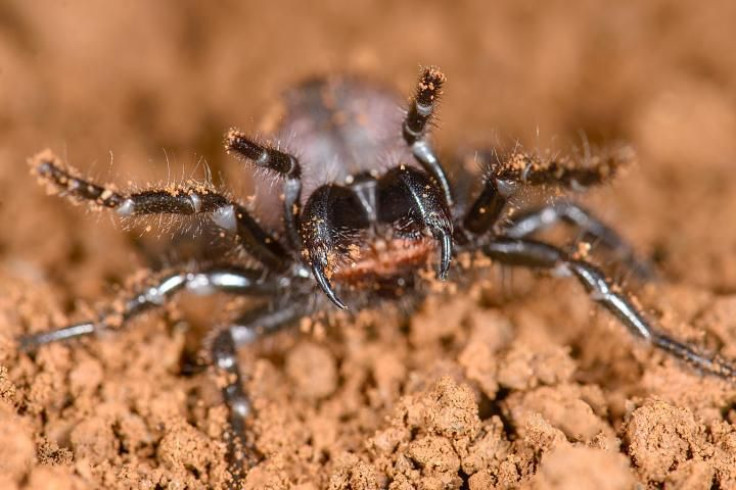Two Highly Venomous Spider Families Are Closely Related, Genome Analysis Finds

There are over 35,000 distinct species of spiders in the world, and there could be several more yet to be identified. The eight-legged creatures are all poisonous to some degree or another, but their venom is usually not strong enough to affect humans. However, there are a few spider species whose bite can be lethal even to a fully-grown healthy human adult.
The most venomous spiders known in the world are from a few of the seventy or so families in which arachnids are classified. Some of the deadliest groups among them are to be found in Australia, where the funnel-web spiders and mouse spiders are particularly notorious. These two groups were thought to have diverged — evolving separately from a common ancestor — over 200 million years ago. But analysis of the spiders’ genomes has shown they are much more closely related, and are relatively close, in evolutionary terms.
The Australian funnel-web spiders belong to the family Atracinae, while the eastern Australian mouse spiders are from the Actinopodidae family. Based on their anatomy and other traits (excluding venom), the two were thought to be only distantly related, since they resembled other spider species that were known to be evolutionarily distant.
However, biologists suspected the two groups may be closer to each other, based on the fact their venoms are similar, and that the same anti-venom is effective in treating bites from both Atracinae and Actinopodidae.
“The funnel-webs always were an uncomfortable fit in their taxonomic place. I could see the writing on the wall,” Marshal Hedin, a biologist at San Diego State University (SDSU), California, who led the spiders’ genome study, said in a statement Thursday.
Hedin, along with other SDSU researchers and colleagues from Argentina and New Zealand, collected spiders in Australia from both the branches, located specimens in museums and also looked through his own collection. After finding representatives from various branches, both closely and distantly related, they mapped large chunks of the genomes of the spider specimens. And that showed them the close relation between the Australian funnel-web and mouse spiders, even though they couldn’t determine when it was that the two diverged from a common ancestor.
The researchers also identified three entirely new taxonomic families for spiders.
This research was important because knowing the evolutionary relations between different species of spiders could help scientists devise general anti-venoms that could treat a large number of spider venoms. Atrax robustus, a type of Australian funnel-web spider, is often considered to be the most venomous spider species on Earth.
“A reasonable number of people get bitten every year, but basically nobody dies from it anymore because of the wide availability of anti-venom,” Hedin said.
Some of the molecules in the venom of these species don’t harm large animals, but target only insects. Understanding the evolution of such a venom could also allow scientists to potentially create bio-insecticides that will attack pests without harming mammals or birds that come into contact with them.
Titled Phylogenomic reclassification of the world’s most venomous spiders (Mygalomorphae, Atracinae), with implications for venom evolution,” the open-access paper was published in the journal Scientific Reports.
© Copyright IBTimes 2024. All rights reserved.











